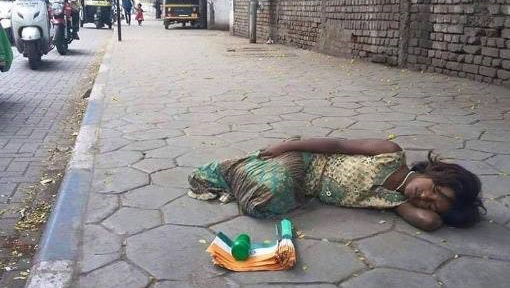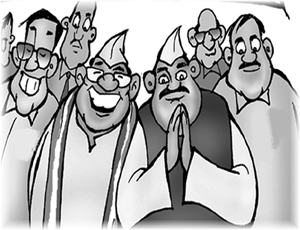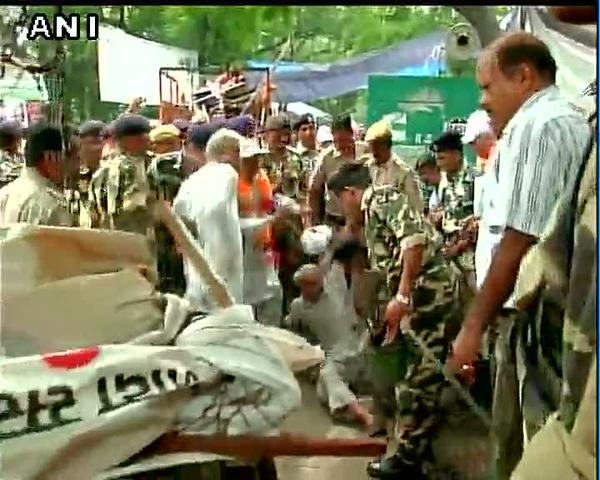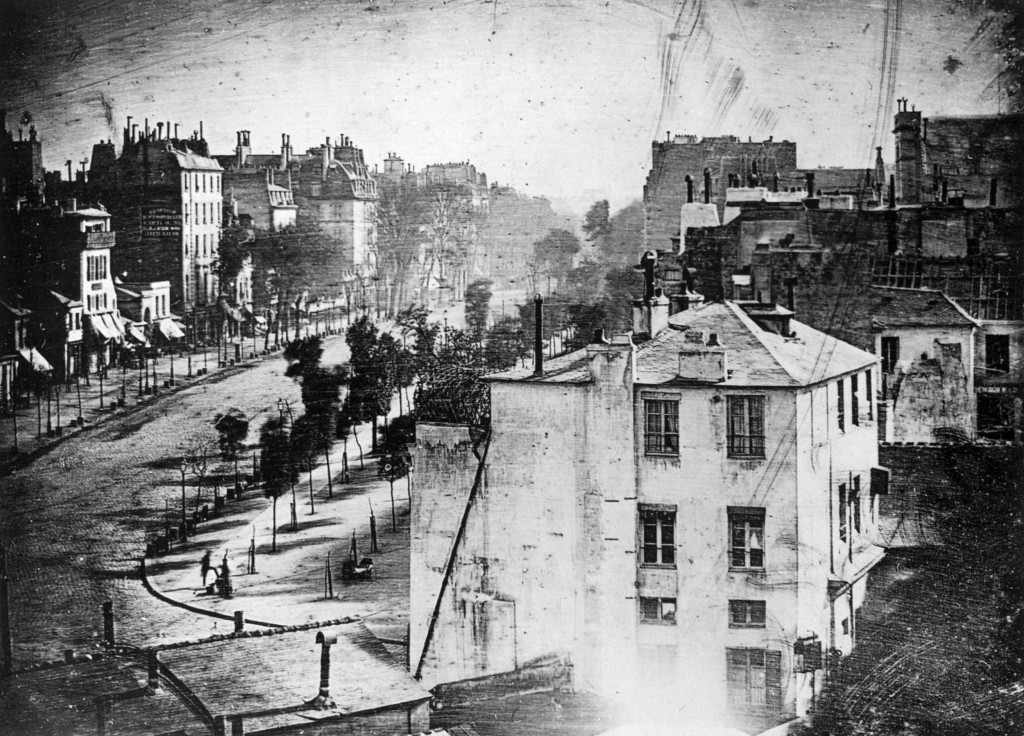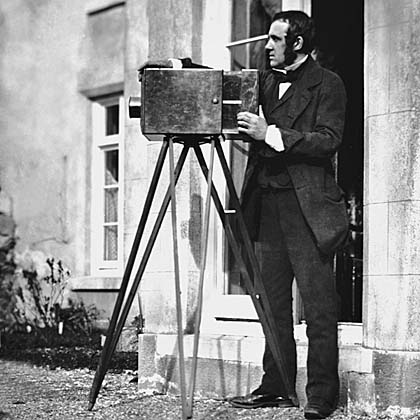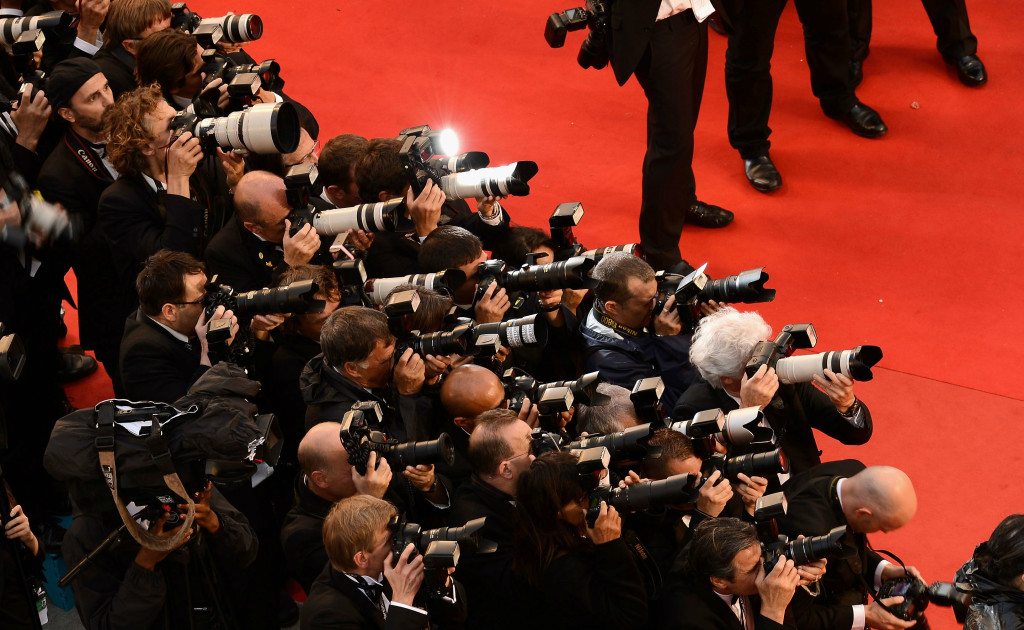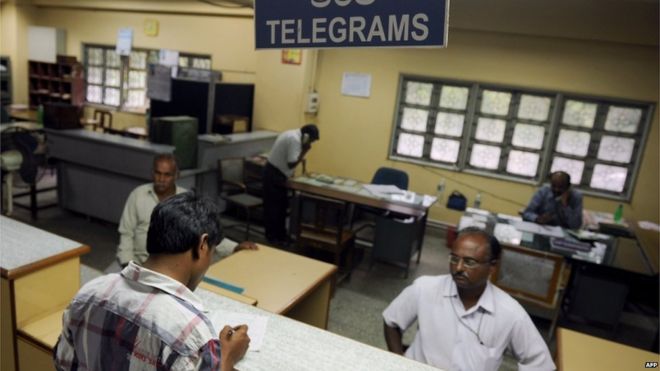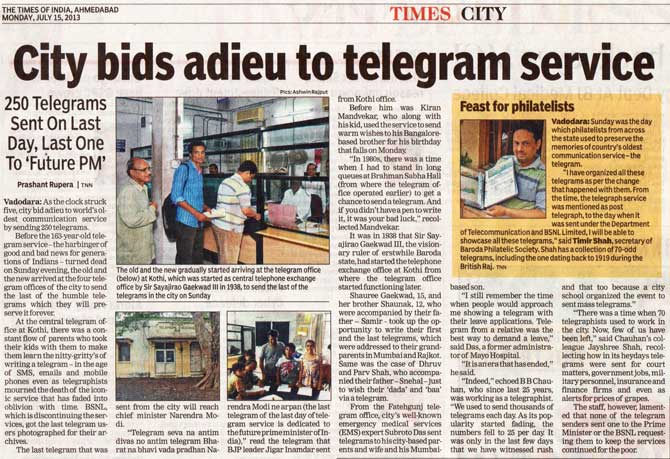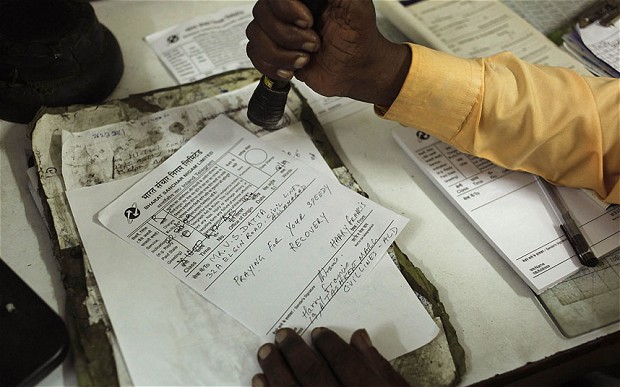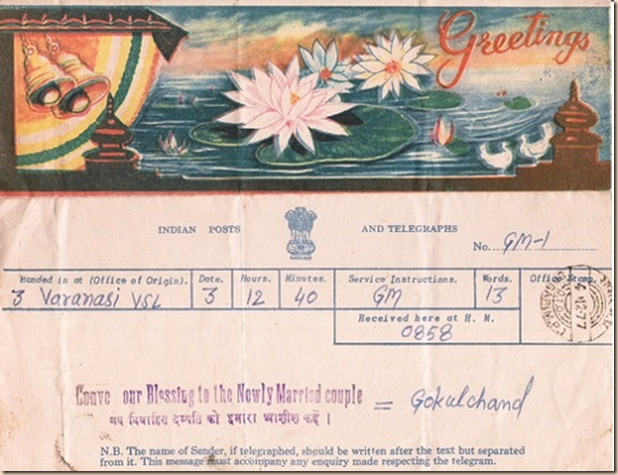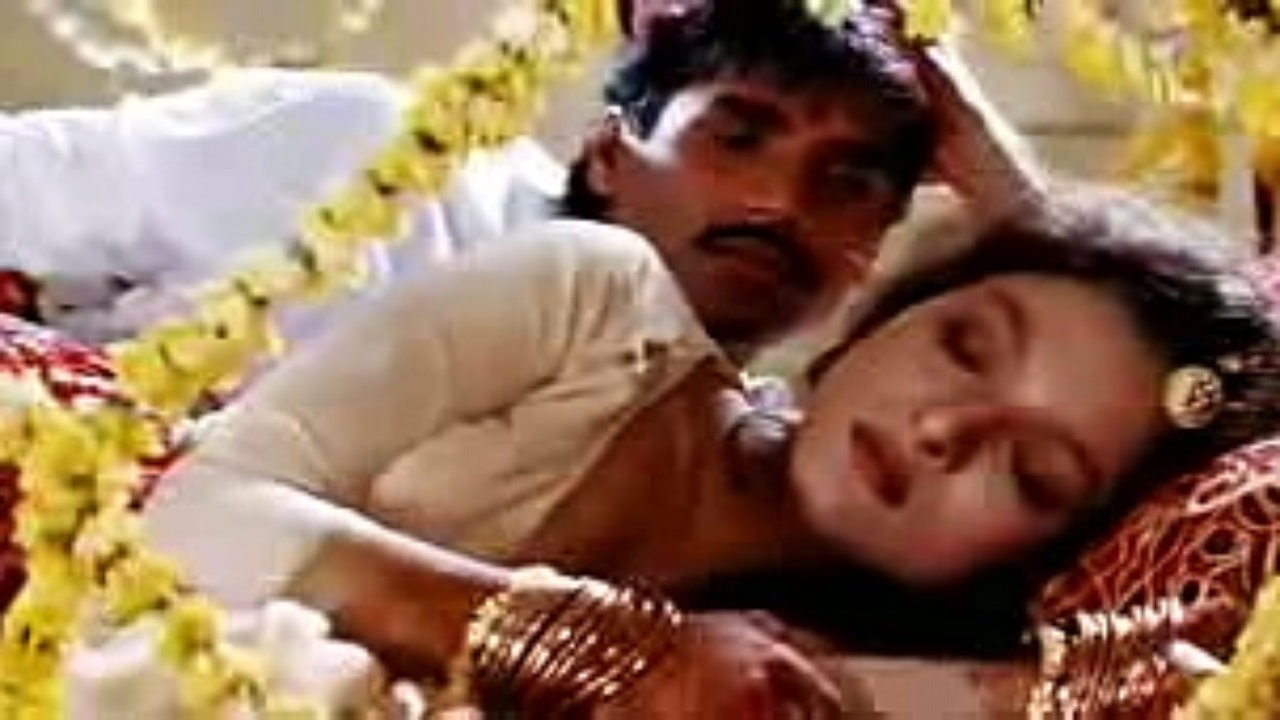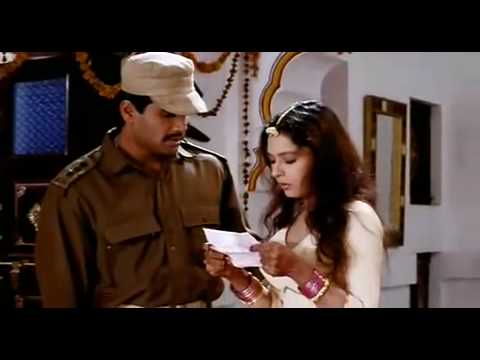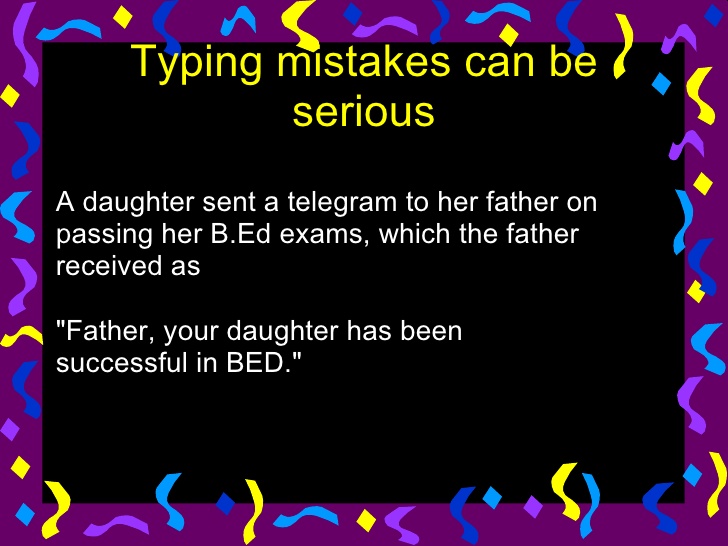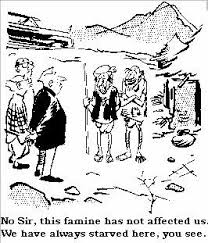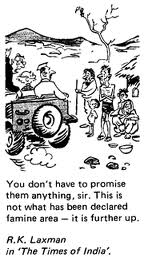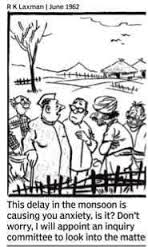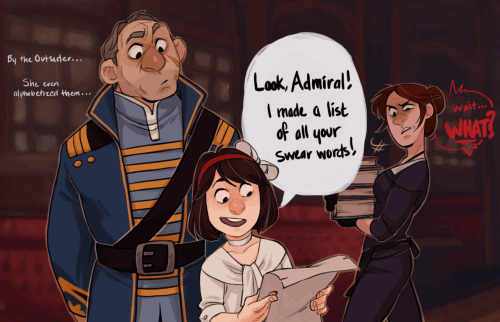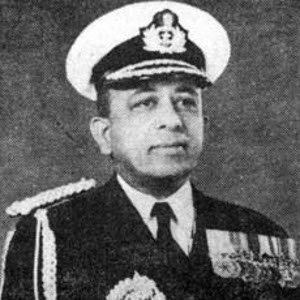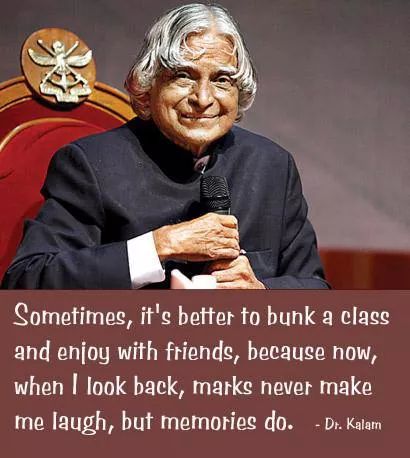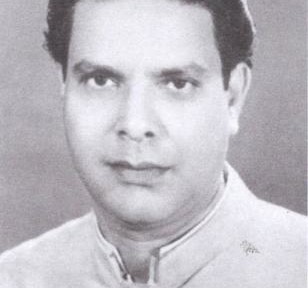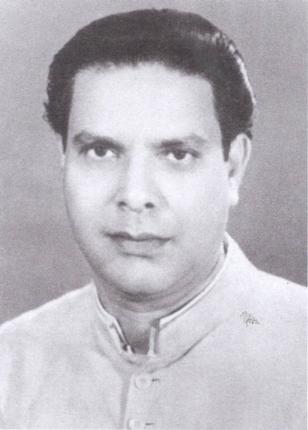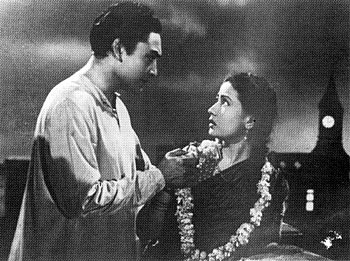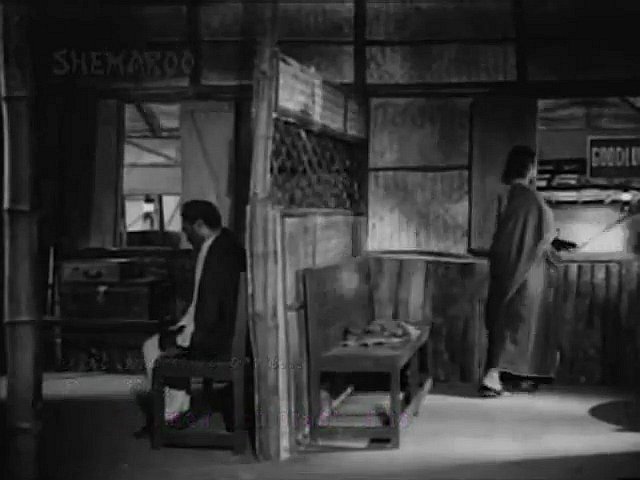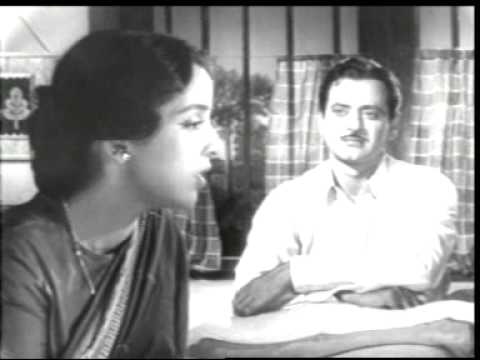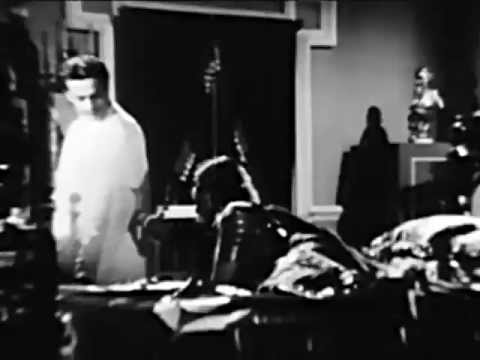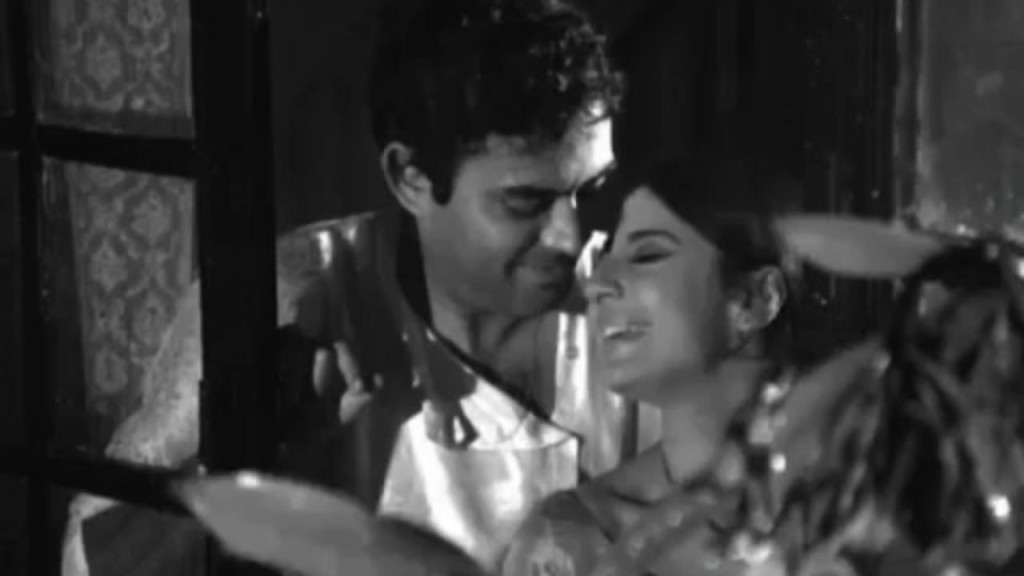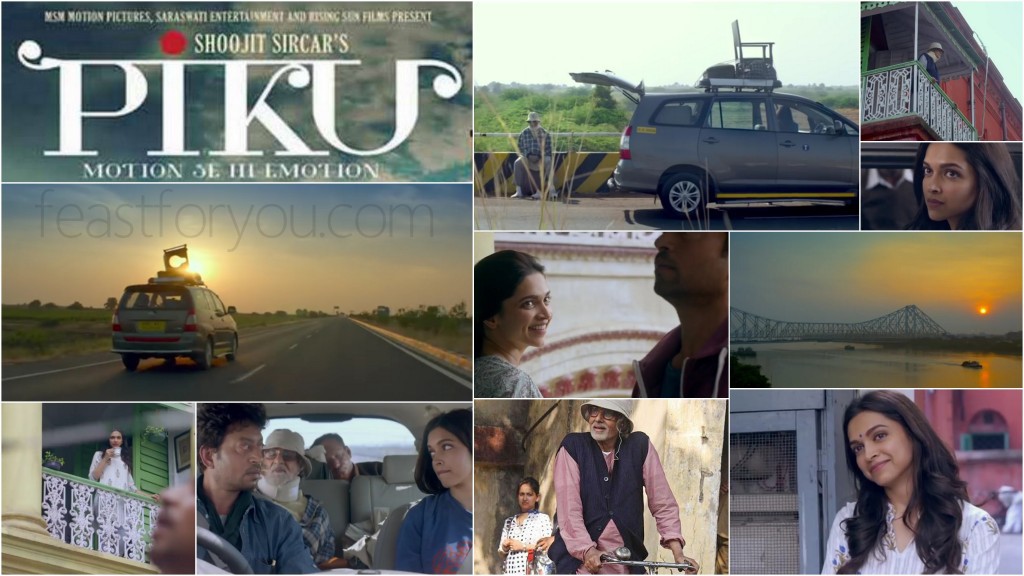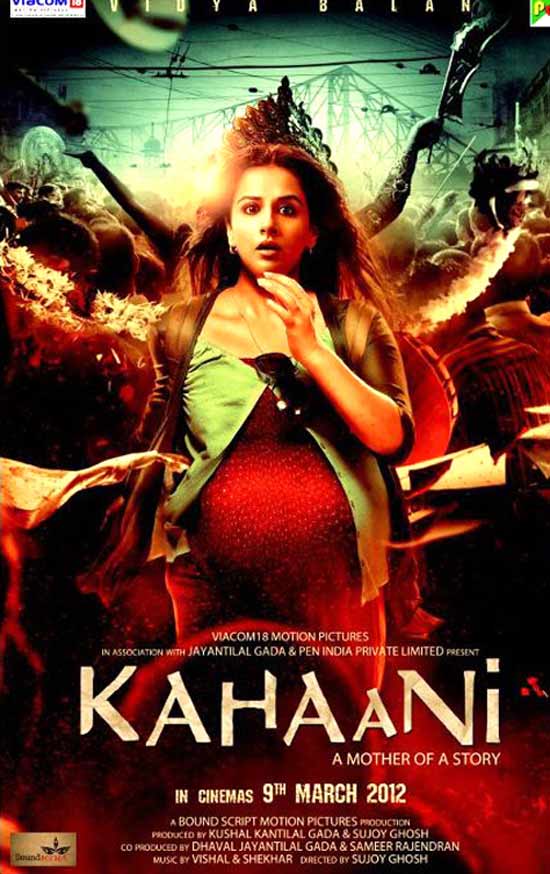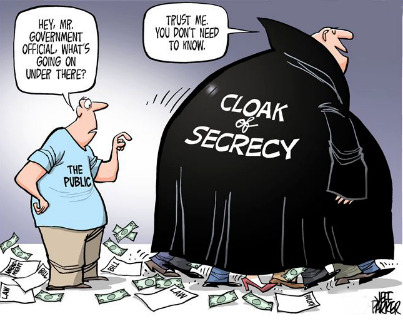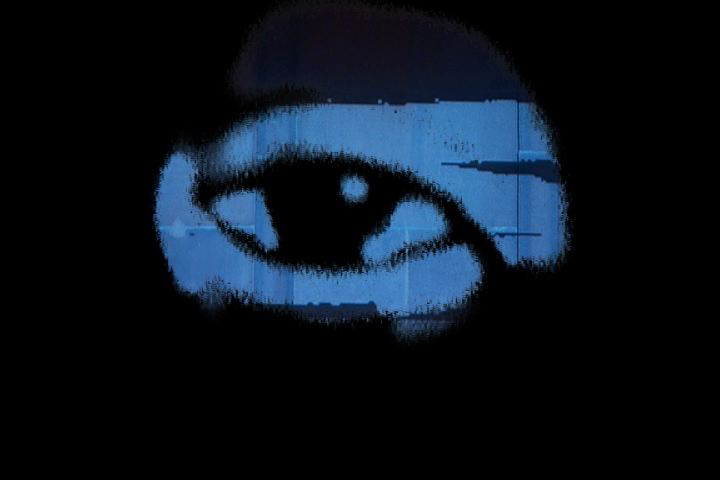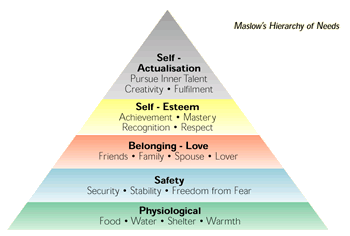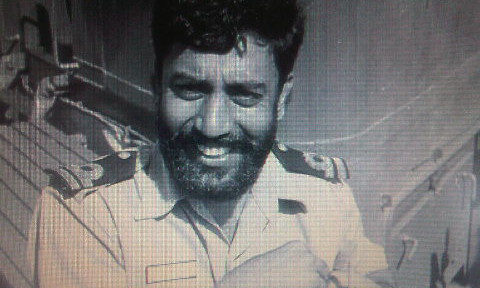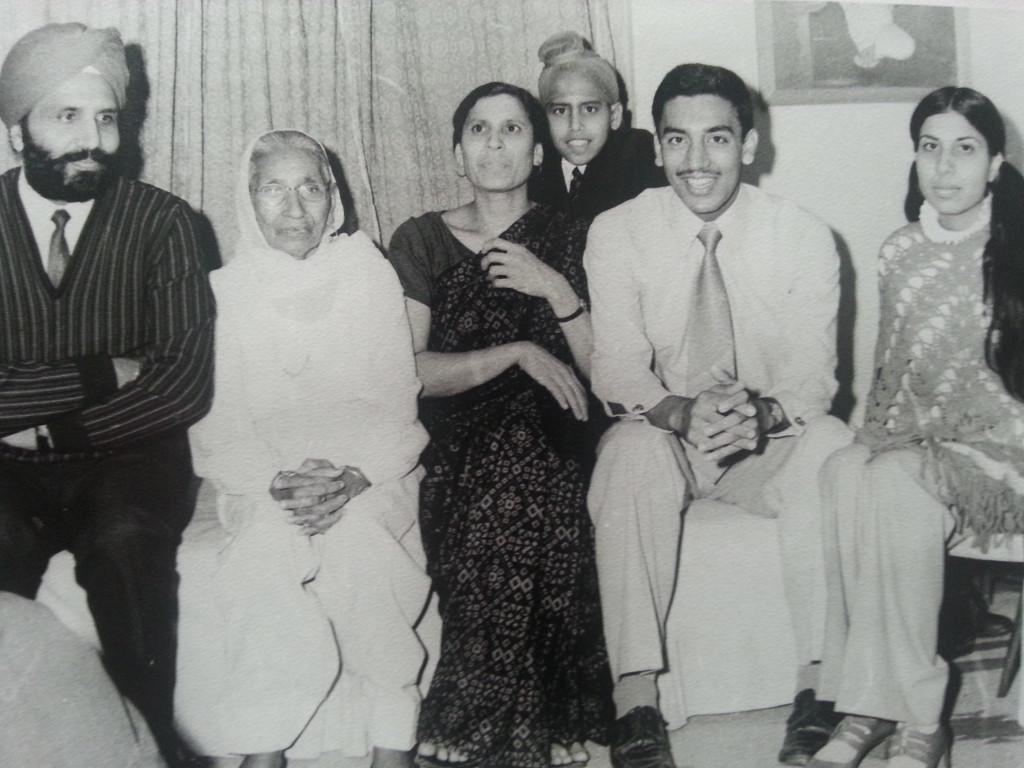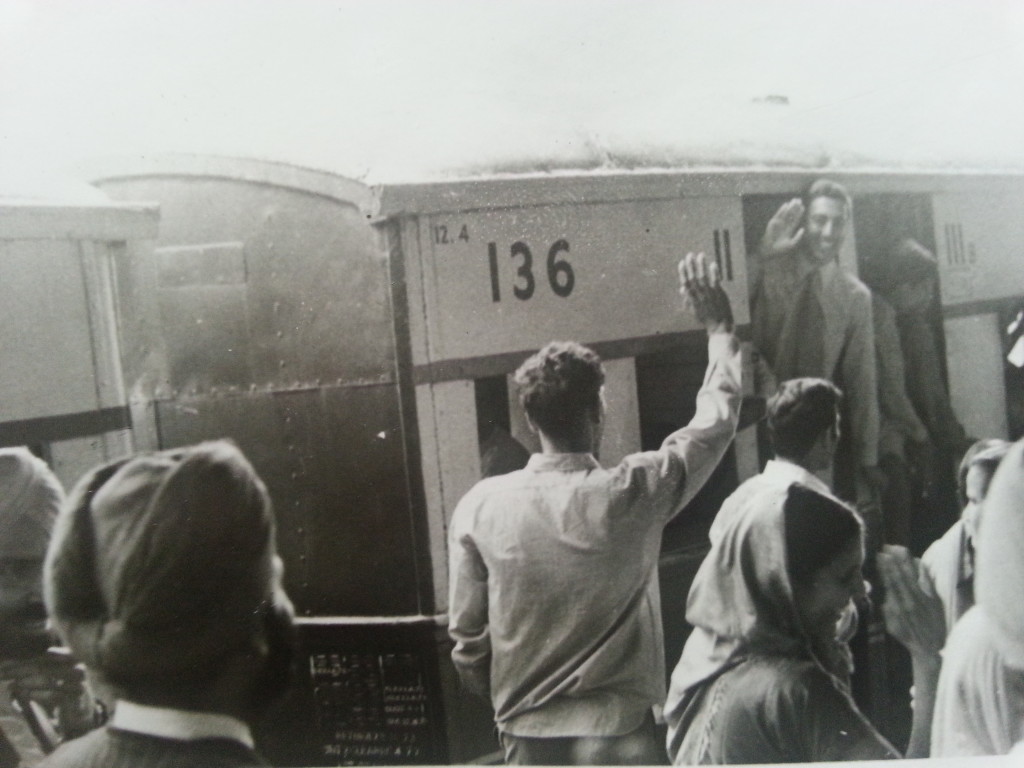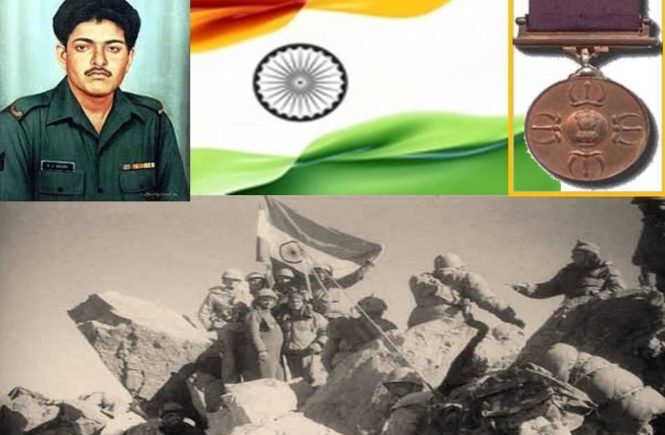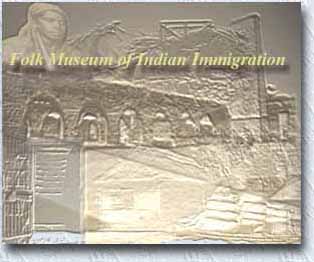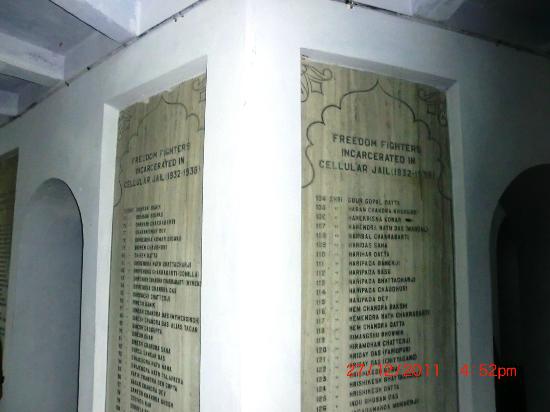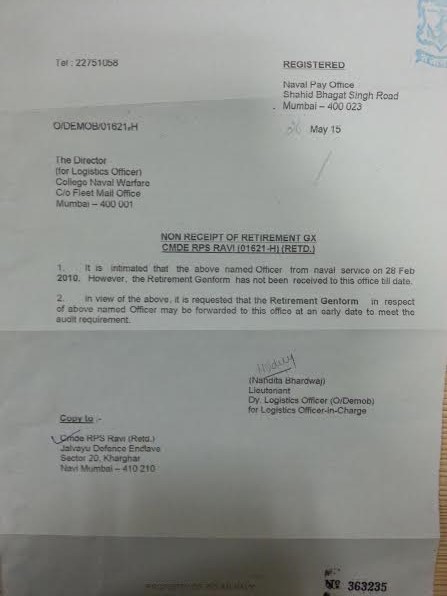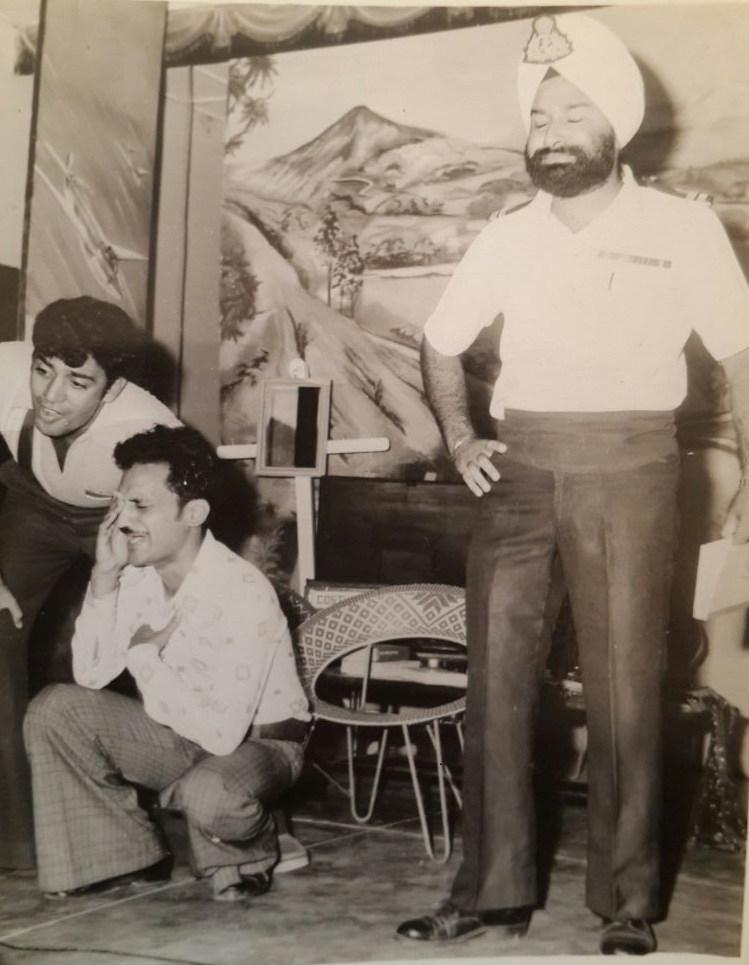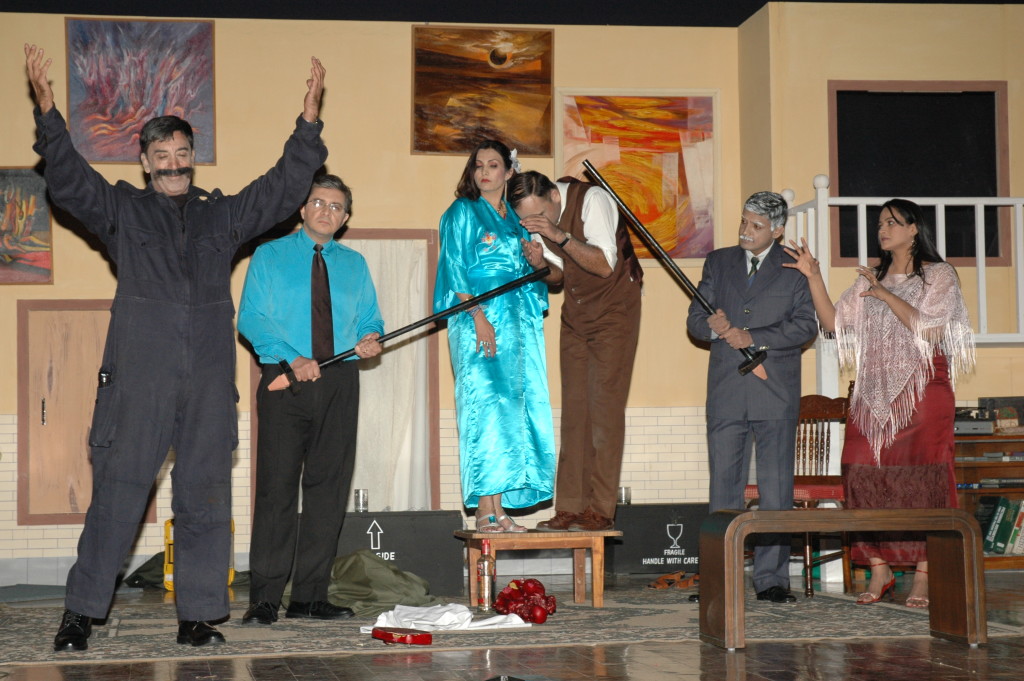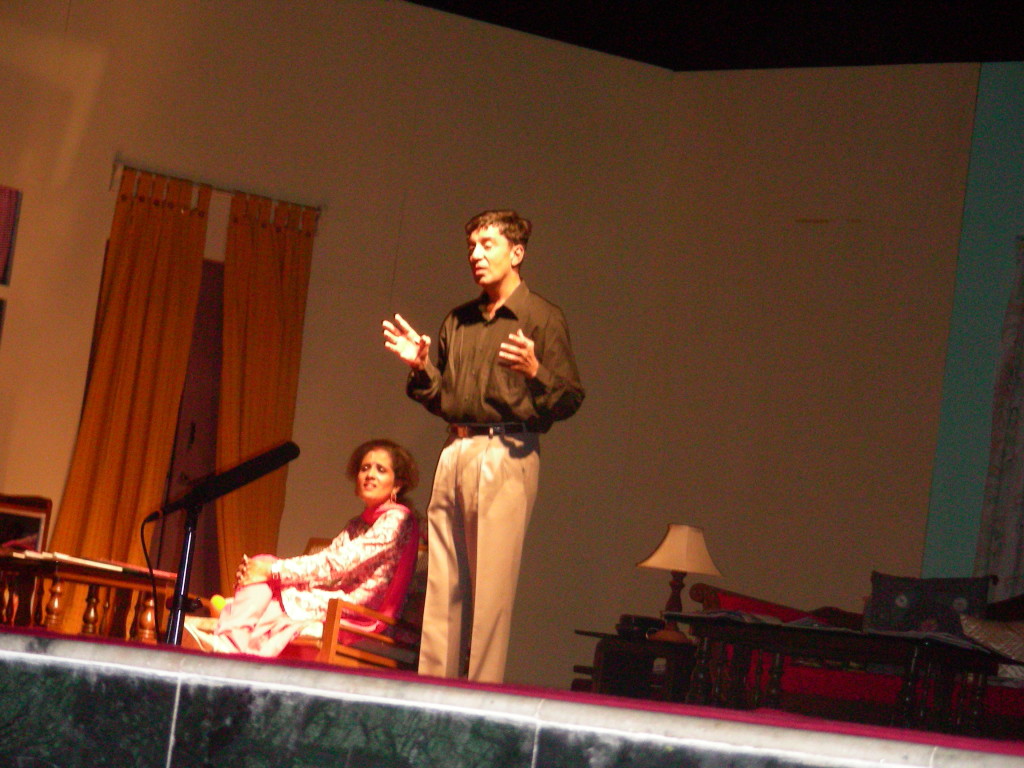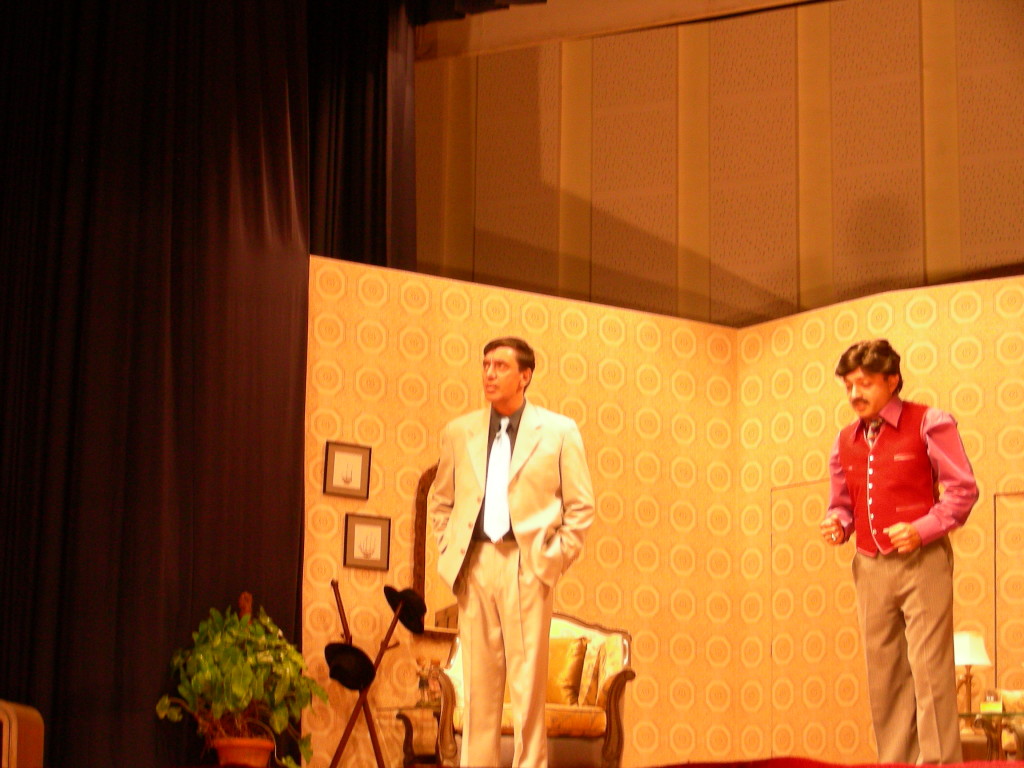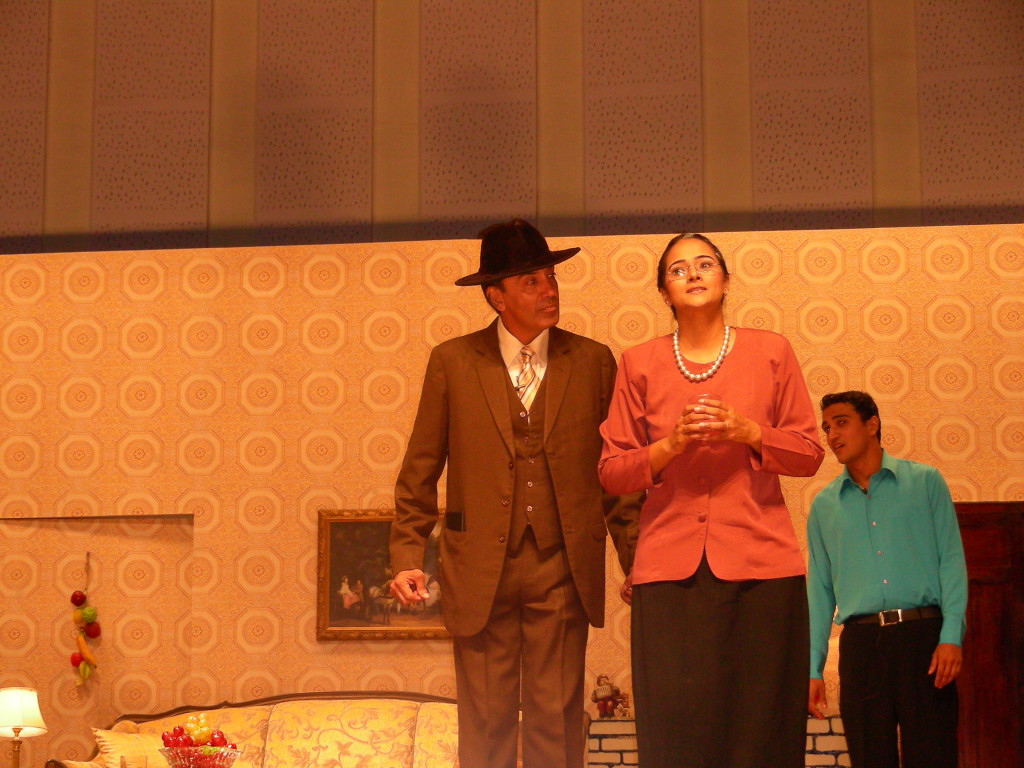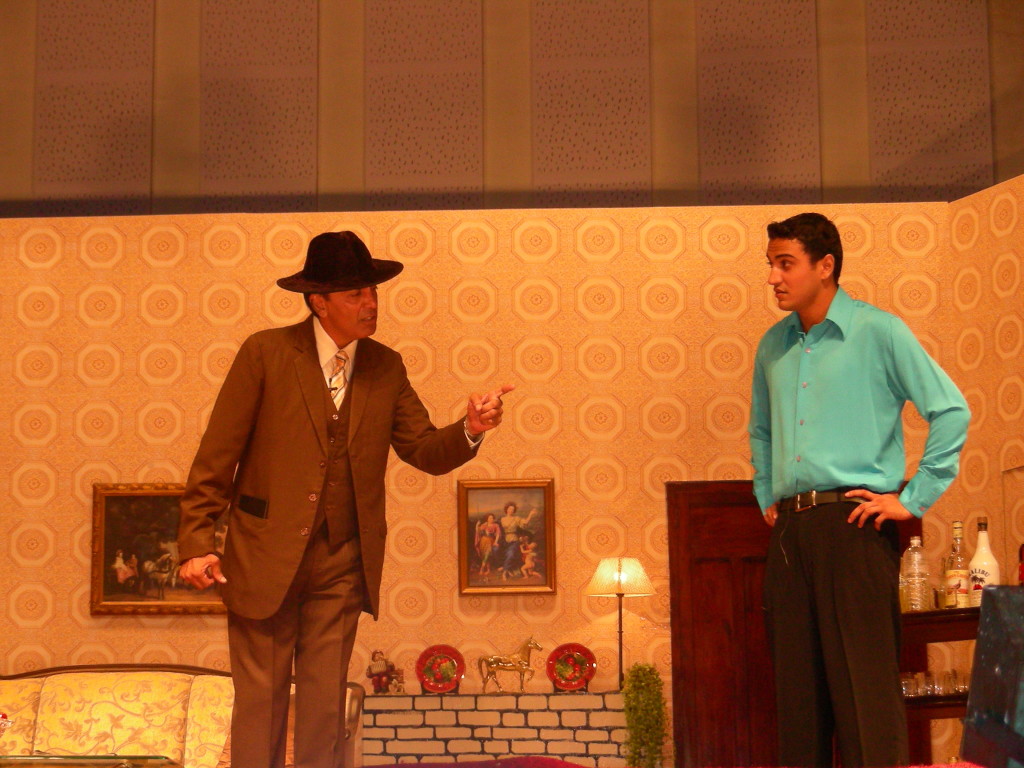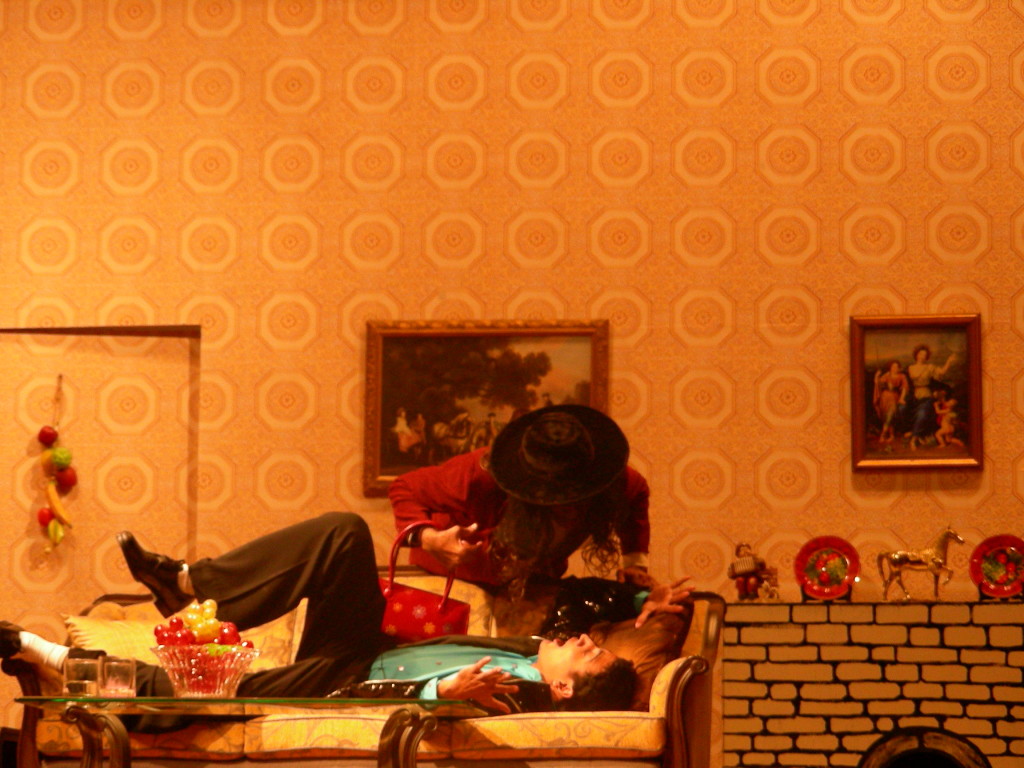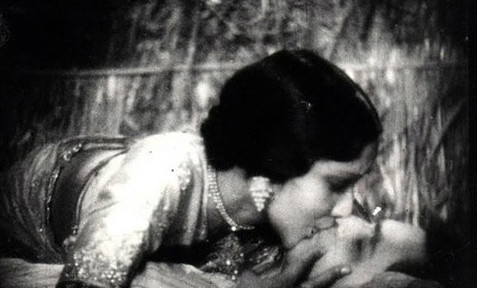Six years ago, she was born on the day of the Raksha Bandhan, a festival of the Hindus and the Sikhs that celebrates the love and duty between brothers and sisters. Hence, her mother had named her Raksha, one of the two common names based on this festival, the other being Rakhi or Rakhee.
Her mother Mubarak had found job as an ayah (a nursemaid or nanny) in a middle aged family in the Railway Officers Colony in Sarai Rohilla. After she had married a man, Gopal, she was advised by his family to change her name to Lakshmi. She was told that her chances of getting a job would be more with her name Lakshmi as compared to Mubarak. In addition, it was explained to her that just in case she was ever apprehended by the police, she was assured of a better treatment with her new name.
She was being paid 6500 rupees per month. In addition she was being given lunch and tea by her employer. Before this job, she had been a maid-servant at several households, earning petty money. She had obtained a smattering of English from these families, which had finally helped her to land the ayah’s job. Life wasn’t easy for her, her husband and their two children – a girl and a boy – living on Rupees 6500 a month.
It was much better when Gopal too used to bring money home through selling odd items in buses such as dant-manjan (dental-powder), combs, nail-cutters, soft drinks and even screw-drivers. But, one fateful day during the rains, he had jumped off from a slowly moving bus, as he often did, and landed in an open manhole, injuring himself badly especially in his legs. No proper hospital treatment could be given to him. His left leg later developed gangrene and was to be amputated in order to save his life. Initially, he had made a trolley with four small wheel-bearings fixed under a small board and he would propel himself on roads trying to sell his items. But, it had become dangerous since he was almost run-over several times by speeding vehicles.
Mubarak alias Lakshmi had then decided to run the family on her own. She had got a Ration-card made in the name of Lakshmi, which she carried with her in her black bag with a golden clip to close it. She had to pay underhand to get the Ration-card, as is often the case in India to get any official document made such as Driving License and Passport. She would have got a Matriculation certificate too; but, that would have cost more. Also, in her bag was her bus pass, about a hundred rupees just in case required and a letter of recommendation and good character given to her by her last employer, the wife of a Major in the Indian Army. This letter was in her previous name Mubarak but since it was on an impressive army letter head with the Indian Army logo, she carried it with her in case a need arose to prove her good conduct and character. She also carried her old Security Pass with her picture on it since the Army employer insisted on it.
She was comfortable with her job even though the hours were long and her memsahib was a perpetual nag. The place was not too far (within 5 km) from the Paharganj slums that they stayed in near the railway tracks and she could easily take a bus to and fro. One other nuisance was that her memsahib’s husband had been frequently making eyes at her. One day, when the memsahib was not at home, he had grabbed her from behind and pressed himself on her. She had escaped sternly telling him that she wasn’t that kind of woman. He had told her that he would be waiting anytime she changed her mind.
One day, her memsahib misplaced or lost her gold chain. She questioned Raksha first tactfully and gradually with strident insinuation. But, firstly, Raksha had not taken it and secondly, she was proud of herself being totally honest despite their poverty. She, therefore, vehemently denied having taken the chain. Finally, her memsahib consulted her husband on the phone. He said he’d lodge a police complaint. Later, a message was received by her memsahib through her husband for Lakshmi to report to the Police Station.
She reported to the Police Station in the afternoon. They made her wait for hours. After that a thorough search of her purse revealed to the police that her actual name was Mubarak. The Inspector at the police station said he believed her that she had not taken the gold-chain. But, her name change was a bigger crime. He said Pahargunj area was full of suspected trouble-makers from her community and that he could keep her in the jail for several months because of this.
She was now openly crying. The Inspector said that there was only one way out, which was that she could give him Rupees 5000 and then go scot-free. She told him through sobs that she was a poor helpless woman who won’t ever have 5000 rupees. He said it with finality that all he could give her was one week to arrange the money.
This was a hopeless situation and she feared for her husband’s life and that of their two children. There was no way out. It crossed her mind that she could buy pesticide and give to the family in the evening meal before taking it herself. Afterall, 68 years after independence, in some parts of the country, poor people, especially farmers, rputinely resorted to ending their lives by taking pesticide. Late into the night, a thought occurred to her but she brushed it aside as against human dignity. However, by wee hours of the morning, she had convinced herself that it was better than dying.
Next day, her memsahib refused to take her in. However, fortunately, her husband was at home and he told his wife that the police had found no evidence about her having committed the theft. She was taken in with a stern warning.
That afternoon, the memsahib went for kitty-party with her friends and Mubarak sensed in it a godsent opportunity. She approached the sahib for a loan of 5000 rupees. He said it wasn’t a small sum and the police was suspecting her to be involved with terrorists. Through tears she told him she was prepared to do anything to get the money. He told her that things had changed after he had proposed to her last time. And that, now, she had to please him whenever he felt like.
She had no choice. For the next one year, she pleased him whenever the memsahib was not at home and he was. She had wanted him to use protection; indeed, begged him to. But, he said he enjoyed it more the naturalway.
And that’s how Raksha was born.
In six years, she had learnt more than another child three times her age. From the age of three she had learnt to beg in and outside the railway station. She had learnt to wipe cars at the traffic signals and then expect to be paid; some did and some didn’t. She had even earned money by wiping and shining shoes. Her mother was happy that all three children were helping to run the family.
Azadi Diwas (Independence Day) was aporoaching and Raksha had learnt that people were egged to become patriotic during the days leading to I -day. This meant that I – day items like flags would sell easily and fetch them money. All the urchins were buying flags and selling them at twice and sometimes thrice the cost. She would obtain 50 rupees from her mother and give back 100 at the end of the day.
One day, she thought of making a big killing. She had learnt from her friends that for the last several days, there was a protest by retired faujis at Jantar Mantar and that these men and their women and children would pay readily and more to buy the tricolor flags: tiranga. She told her mother. Her mother was very worried about the distance involved. But, Raksha said she’d manage as indeed the other urchins did and that in any case it was the day prior to Independence Day and she expected to make huge profit. Finally, the mother acquiesced and gave her 100 rupees and bus fare.
It was the best day of Raksha’s life. Within no time she had sold many of her flags and had already got some 250 rupees or so in her pocket. She had concluded that these ex faujis cared for the flags more than anyone else.
Suddenly, she was tired. She kept the flags down and lay on the pavement and rested.
And that’s the time the police arrived in three trucks. They were in uniform with boots and quickly spread to the venue where the retired faujis were protesting peacefully. As Raksha looked in shock, they started pulling down the stage. When the ex faujis intervened, the police started roughing them up. Some were old and others very old. Some were wearing their medals and ribbons. But, the police didn’t spare any. There was one wearing a white kurta and pajama and a white turban, the kind they wear in Haryana and Rajasthan. The police snatched his medals pinned his shirt. The medals fell and the front of the shirt tore.
Raksha didn’t want to be noticed but the horror of it made her scream involuntarily. One of the police guys noticed her and hit her hard on her cheeks. It hurt and she cringed and wailed loudly. The flags fell from her hand. The police didn’t care and kicked her and trod on her flags and told her to leave immediately. She just lay there motionless, too shocked to move.
She didn’t know how long she lay there crying. But, when she came about again she saw the same kindly man in white kurta and white pajama and white turban bending over her. He made her stand on her feet and wiped her tears with his torn kurta. He noticed the tirangas on the ground, some with the boot-marks of the police. He bent down to pick each one of them by their small bamboo sticks.
When he had the complete bunch with him, he smilingly handed over the bunch to her and said with great dignity, “Don’t ever put down the tiranga. People like me gave our youth and our lives to hold it high.”
Raksha clutched the flags in her left hand, raised her right hand to her forehead and whispered: “Jai Hind“.
